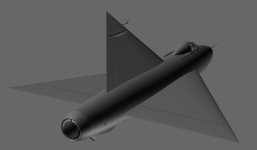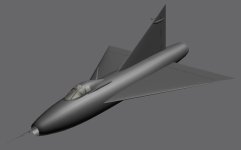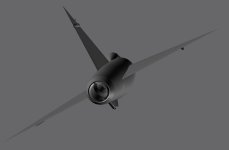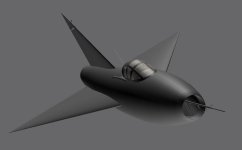The main thing with deltas is limited control power since they can't be trimmed out at higher alpha (Unless you throw a tail on it; see the MiG-21 and the F-16), high induced drag at high alpha due to the vortex shed off of the apex (Think fore-runner of strakes) but structurally efficient (due to the low aspect ratio; big root chord with high taper ratio, small span), low drag at high speed due to the high L.E. sweep. Oh, and they look cool.
Another weird characteristic of deltas is you have to be steady on alpha and power during approach, because you can develop a sort of PIO due to being off-speed and off alpha. You see, if you get a little too slow or have too high of a decent rate most people want to pull back on the stick to create higher alpha and more lift. In a delta you will get a brief increase in lift, but then the higher drag of being at higher alpha kicks in and you also have less lift because you have more negative camber in the airfoil (elevons deflected further t.e. up) and the aircraft will sink even more. Conversely, if you are too nose up and push forward on the stick, you will reduce drag and it will want to "balloon/float" up initially due to lower drag and since the elevons now have less t.e. up and the camber develops more lift. The test pilot of the Arrow talked about that in one of my books on the Arrow program. If you aren't on alpha and at the correct power/speed for approach, just add power and go around and try again.
Also, I have a very good article on the history of the XF-92 which mentions where various parts of the plane were taken from, such as the landing gear, etc., if you guys are interested. Just PM me.
Thanks for modeling this, it's another plane I can cross of of my FS bucket list.










